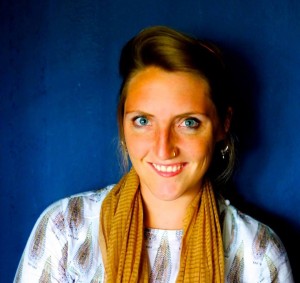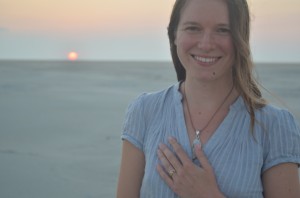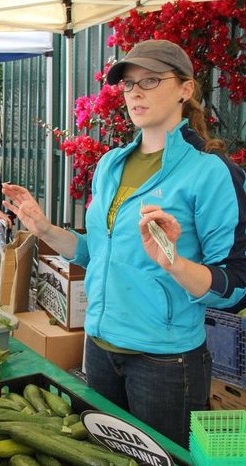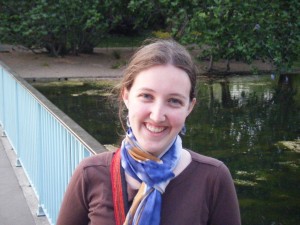This post is written in conjunction with the “Becoming a Public Scholar” course and is directed by Monica A. Coleman.
In February, Goshen College, a Mennonite-affiliated liberal arts school, announced that it was going to be launching its new iCore Technology initiative by offering a new IPad 3 to every incoming freshman in fall 2012. The college believes that this initiative will help new students learn to integrate “cutting edge” technology with education, and will also help the college in efforts to reduce paper waste and be “greener.” However, to the administration’s surprise, current Goshen students reacted vehemently against this proposal. Many students signed a two-page letter outlining concerns about the ways that this technology will change interactions on campus: the letter cites concerns that students already spend too much time in front of electronic screens and that this increased push towards technology will not enhance, but rather limit, face-to-face interaction on campus.
Debates similar to this one seem to be occurring with much greater frequency. When I was young and attending Sunday school at my own small congregation in Indiana, discussions about scripture required picking up a hard copy of the Bible and thumbing through the text itself. But today, a quick search of BibleGateway.com can turn up any number of texts surrounding any one issue, and a search on Google can offer one access to the scriptural and theological interpretations of a myriad number of voices, whether academic, public, political or otherwise. What used to be a fairly straightforward relationship for different religious groups to sacred texts has grown into an open conversation that must acknowledge new voices making their ways in at the edges of a previously limited canon.
Communication theorist Marshall McLuhan famously said, “The medium is the message,” although when McLuhan spelled out this knowledge, he likely couldn’t have predicted all of the new media opportunities today and the ways they might challenge and push communicators. In her book, When Religion Meets New Media, Heidi Campbell explores the ways that religious communities within the Abrahamic tradition – Judaism, Islam and Christianity – have engaged new forms of media, beginning with the internet and expanding to social media. What Campbell finds is that religious responses to new media are as varied as the number of different sects and denominations that exist within these religious traditions.
Campbell suggests that to truly study how religious communities are engaging new forms of media, one must observe four different strands within community life: each community’s history and tradition related to media use; a community’s articulated core values and priorities; their current interactions with new media; and finally, the communal discourses that arise to negotiate appropriate new media use.
Frankly, it is this final criterion that strikes me as perhaps the most relevant. My own tradition, Mennonite Church USA, has long professed to privilege communal discernment and decision making that takes into account the voices of not only leaders, but also regular church attendees. At its best, social media can be a way to carry this principle to its logical conclusion, but allowing any religiously connected individual to find a forum through which to share their own thoughts on polity, theology and any other number of religious topics. It also allows for sharing of information through dissemination, rather than direct coercion. But the question that then remains is, how does this public accessibility change the nature of community discernment that has so often taken place in person? As the students at Goshen College suggest, what, if anything, is lost when religion moves to new media?
Hannah Heinzekehr will graduate in May 2012 with a Master’s degree in Theology and Community Development from Claremont School of Theology. She is the Convention Planning Coordinator for Mennonite Church USA. A feminist and a committed Anabaptist, Hannah will be launching her own blog, Femonite: Musings from a Mennonite Feminist, soon.











